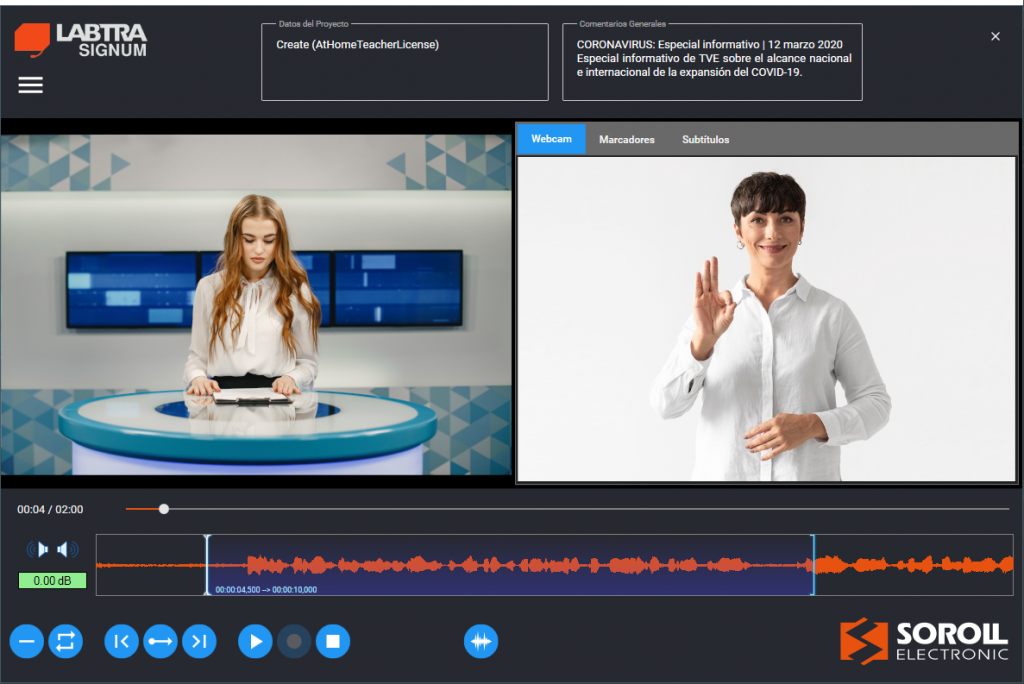Education is undergoing a revolution. Educational technology, or EdTech, has become a key element in modernizing teaching and learning processes, enabling students to develop digital skills and teachers to optimize their work. In this article, we explore what educational technology is, how to apply it in the classroom, and what tools can help you drive innovation in your school.
What is educational technology?
Educational technology is the use of digital resources, methodologies, and technological platforms to improve teaching and learning. It’s not just about using computers or tablets: it involves a pedagogical transformation that leverages technology to make learning more interactive, accessible, and personalized.
It includes everything from learning management systems (LMS) to artificial intelligence applications, gamification, and augmented reality. Its goal is not to replace the teacher, but to expand their capabilities and offer students richer experiences tailored to their needs.
The Evolution of Digital Classrooms
Classrooms are no longer just a physical space. Today, thanks to digital tools, learning can happen anytime, anywhere. The pandemic accelerated this change, boosting distance learning and the use of collaborative platforms.
However, true innovation lies not only in moving the class to the screen, but also in rethinking the methodology. Educational technology promotes a participatory approach, where students are the protagonists and the teacher acts as a guide.

Benefits of Educational Technology in Teaching
Personalized Learning:
Technological tools allow content and pace to be adapted to each student, offering a more inclusive and effective education.Increased Motivation and Participation:
The use of multimedia resources, gamified environments, and interactive activities transforms learning into an engaging and meaningful experience.Global Access to Knowledge:
Technology breaks down geographical and economic barriers, democratizing education through online platforms, digital libraries, and MOOCs.Real-Time Assessment:
Educational analytics systems allow teachers to closely monitor student progress, improving feedback and decision-making.Development of Digital Skills:
Technological literacy is essential to prepare students for today’s work and social environment.
Challenges of Technological Integration
Despite its advantages, educational technology faces significant challenges. The digital divide—both in access to devices and in teacher training—remains an obstacle. Furthermore, using technology without a clear educational purpose can lead to distraction or demotivation.
Therefore, success depends on a strategic implementation that considers both the infrastructure and the training and educational vision of the institution.
Technological Tools Transforming Classrooms
LMS Platforms: Enable the management of courses, materials, and assessments.
Virtual Classrooms: Facilitate blended learning and distance education.
Gamification: Introduces game dynamics that encourage participation.
Augmented and Virtual Reality: Deliver content in an immersive and visual way.
Artificial Intelligence: Personalizes instruction based on student performance.
Virtual Labs and Simulators: Allow for hands-on practice without the need for physical equipment.
The New Role of the Digital Teacher
The 21st-century teacher is no longer just a transmitter of knowledge, but a designer of learning experiences. They must master digital tools, manage virtual environments, and foster skills such as online communication and critical thinking.
Ongoing professional development in digital skills is essential for teachers to leverage the potential of educational technologies in a pedagogically sound and meaningful way.
Success Stories: When Technology Enhances Learning
Schools that implement models such as flipped classrooms or project-based learning (PBL) have seen how technology improves student engagement and performance. Students gain autonomy, work in teams, and apply their knowledge in real-world contexts.

How to Implement Educational Technology in Your School
Initial Assessment: Analyze the needs and digital skills of your teachers.
Clear Objectives: Define what you aim to achieve with the technological integration.
Selection of Appropriate Tools: Choose platforms that fit your institution’s context.
Ongoing Teacher Training: Ensure your teachers feel comfortable and prepared.
Evaluation of Results: Measure the impact and adjust strategies based on your experience.
Technology for School Management: A Key Element
Beyond the classroom, technology also optimizes educational management. Managing data, schedules, assessments, and communication can be complex, and doing so manually consumes time and resources.
In this sense, hybrid solutions like NuvolClass allow for the digitization of academic management and improve communication among teachers, families, and students. This platform facilitates the internal organization of the school, automates administrative tasks, and provides a comprehensive view of academic progress.
Adopting tools like NuvolClass not only modernizes the institution but also increases efficiency and educational quality.
The Future of Educational Technology
The future of education will be hybrid, inclusive, and flexible. Technology will not replace teachers, but it will expand their ability to personalize and support learning. Artificial intelligence, data analytics, and augmented reality will be strategic allies in 21st-century teaching.
However, the human factor will remain at the heart of the educational process. True innovation lies in combining the digital with the emotional, the technological with the pedagogical.
Conclusion
Educational technology has gone from being a trend to a necessity. Intelligently integrating it into classrooms not only improves the quality of teaching but also prepares students for the challenges of the future.
Schools and teachers have been relying on the solutions developed by Soroll Electronic in the educational field for years. Tools like OTIMAS® School, NuvolClass, and Labtra® University guarantee active learning methodologies that are a step ahead in building a more efficient, motivating, and relevant education.